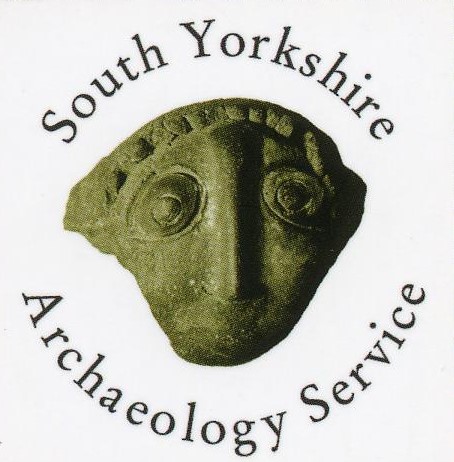Burton Quaker Meeting House and Burial Ground (Site)
Location/Address
Land to rear of 28 Westgate, Monk Bretton, Barnsley
Type
Other site, structure or landscape
Assets that cannot fit any of the other categories. This category includes sites of archaeological interest, where the original form and function may not be apparent without the use of archaeological techniques and interpretation.
Description
Sub-rectangular enclosure containing a former Quaker Burial Ground and site of a Quaker Meeting House, now gardens and storage space connected to land to the south.
The Quaker movement was founded by George Fox who travelled through the North and East Ridings of Yorkshire between 1651-52, during which time William Dewsbury and James Nayler from West Ardsley became ’First Publishers of Truth’ and helped settled new meetings, including one in Burton (Monk Bretton). Fox is recorded as holding a meeting at Burton in 1660 and a regular Burton Meeting is documented by 1669, drawing friends from Barnsley, Ardsley, Billingley, Cudworth, Carleton and Burton.
The burial ground dates to around the 1657, established on land donated by George Ellis, a local benefactor and early Quaker in the area. This is believed to be the oldest Quaker Burial Grounds in the county, and amongst the earliest in the country. This foundation took place during a period of great persecution of Quakers, with over 1000 imprisoned in 1657, increasing to over 4000 during the first two years of the reign of Charles II. The burial ground was located on marginal land, set apart from nearby settlement on the edge of the commons of Monk Bretton with views to the west across Dearne Valley. The first documented burial of Hellen Milner took place in August 1657. A meeting house was subsequently erected at the site in 1698. The site remained the focus of Quaker activity in the region until 1815 when, owing to the poor condition of facilities at Burton, a new meeting house and burial ground were opened at Western Street, Barnsley. The burial ground was still marked on the first edition OS map of 1855 where it is shown to be surrounding by trees, although the meeting house was not shown and had presumably been pulled down. An account of 1906 records that a few gravestones survived laid flat, dating to 1688 and 1689, and were removed to Barnsley Friends on Huddersfield Road. Many others are believed to have been lost, although a 17th century stone and one dated 1851 were still present in 1972. The site was partly damaged in 1981 when a haulage track was formed, associated with the infilling of an old quarry to the south, and the construction of a bungalow to the north. The site is now partially under grass and part under gravel.
Sources: Quaker Meeting Houses Heritage Project (https://heritage.quaker.org.uk/); Elliot, B. 2004. "The Making of Barnsley"; Monk Bretton History (http://history.monkbrettonmedia.co.uk/); Find a Grave (https://www.findagrave.com/)
Statement of Significance
Asset type
Archaeological siteAge
c.1657 and remained in use into the mid 19th centuryRarity
Believed to be the earliest Quaker Burial Ground in the region and amongst the oldest in the country.Group Value
Dispersed group interest of early Quaker sites in South Yorkshire, including the sites of other 17th century burial grounds and meeting houses at Balby, Woodhouse, Fishlake, Fosterhouses, Sheffield Broad Lane, and Thorne. These date to a foundational moment in the formation of the Quaker movement which would have an influence on the society of region out of proportion to their relatively small numbers.Historic Interest
Brian Elliot, a local historian who researched the Quakers in Barnsley, writes "this site is of considerable regional and national importance, as one of the earliest Quaker burial grounds in the country and akey part of Barnsley's heritage. There is no doubt that if the site was rescued, perhaps even for future archaeological purposes, it would result in considerable interest, even from America where many people appreciate the importance of their Quaker ancestry.Archaeological Interest
The early history of the Quaker movement is of regional importance and is discussed in the South Yorkshire Historic Environment Research Agenda with research questions identified identifying on the archaeological potential of non-conformist buildings and burial grounds.Date Listed
02 May 2023
Last Updated
02 Mar 2023
Comments and Feedback
Do you have any questions or more information about this record?





